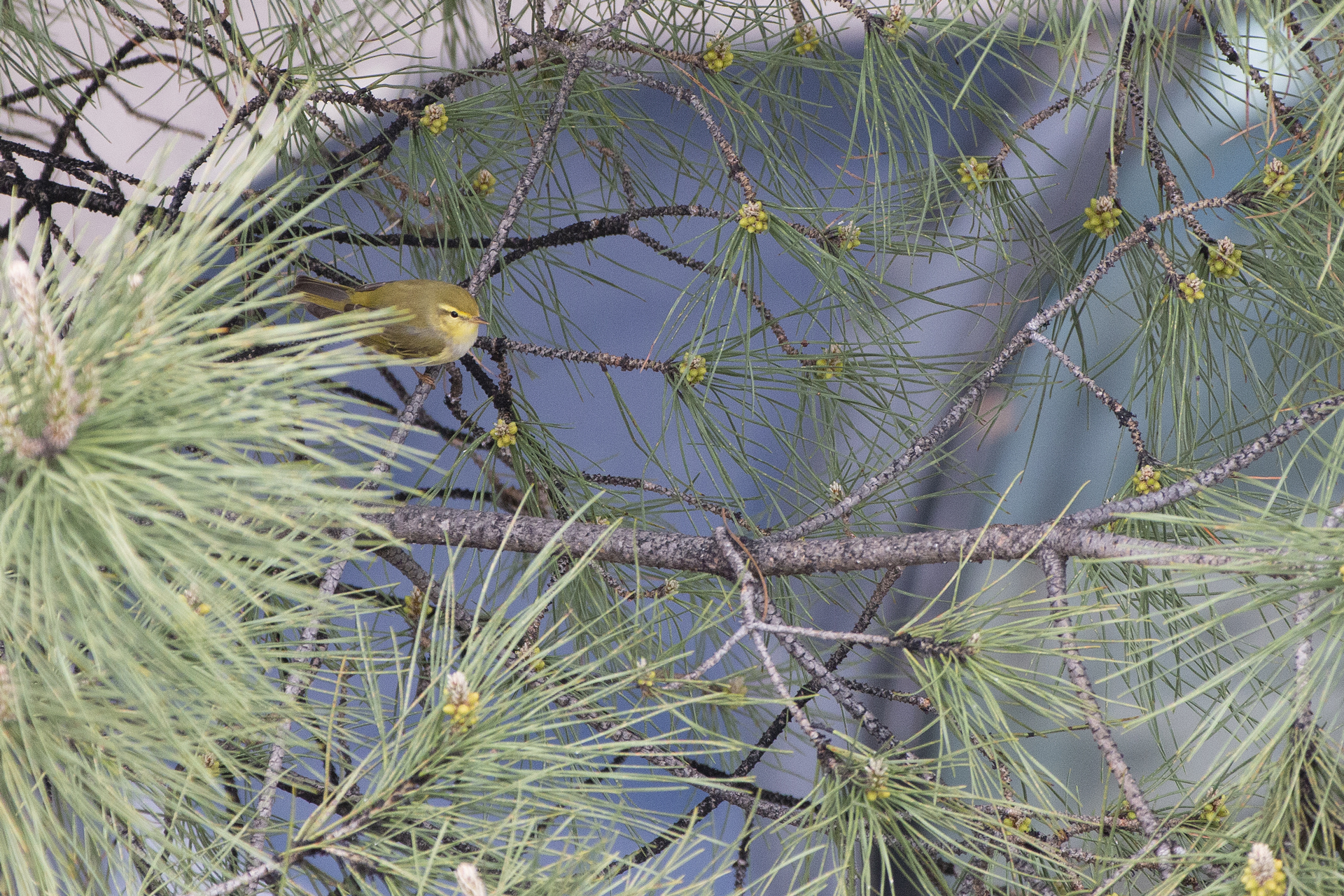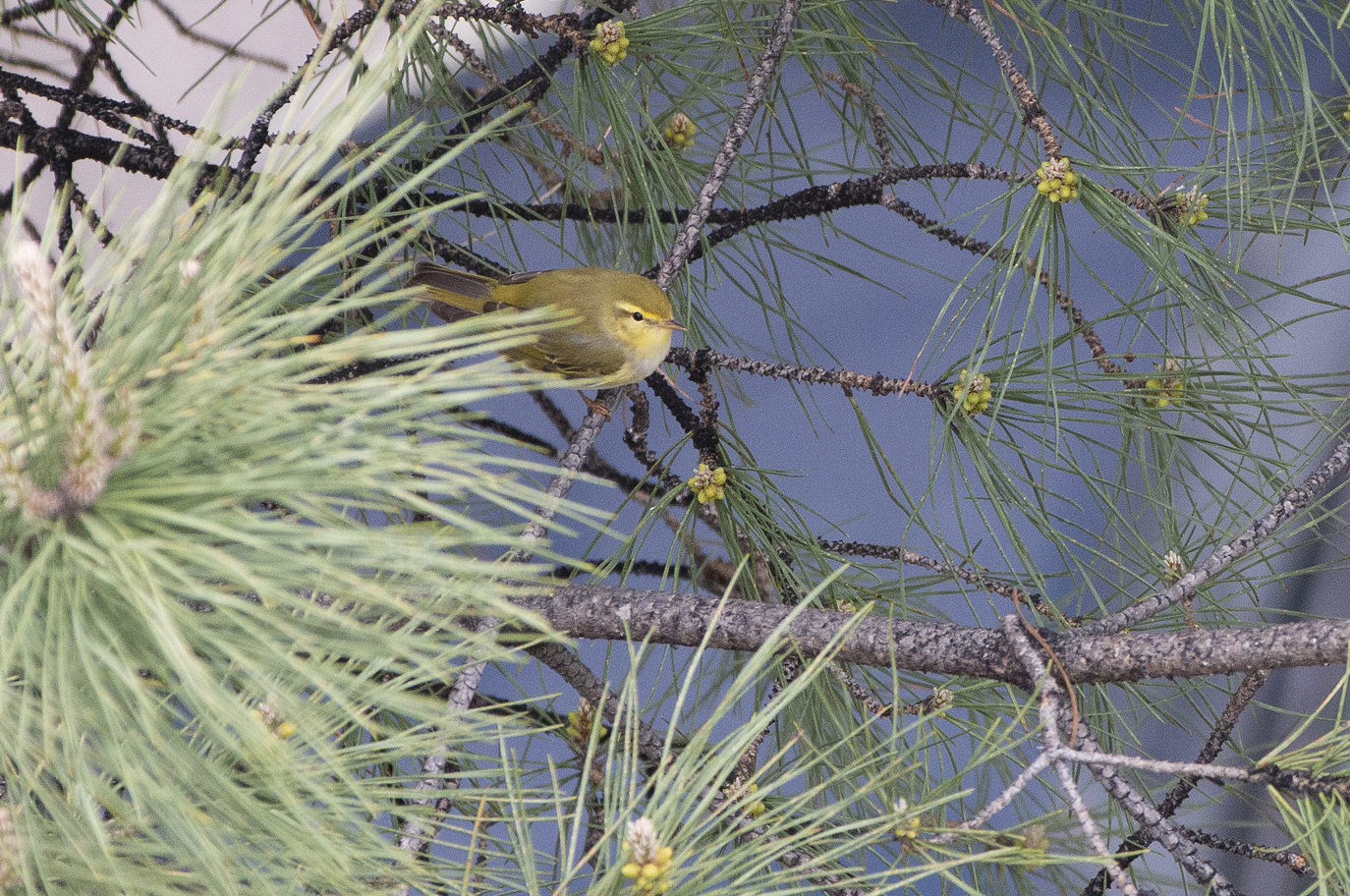The lockdown measures applied in Italy, Spain and the United Kingdom caused an increase in bird observations in the urban environment and significantly impacted on Citizen Science.
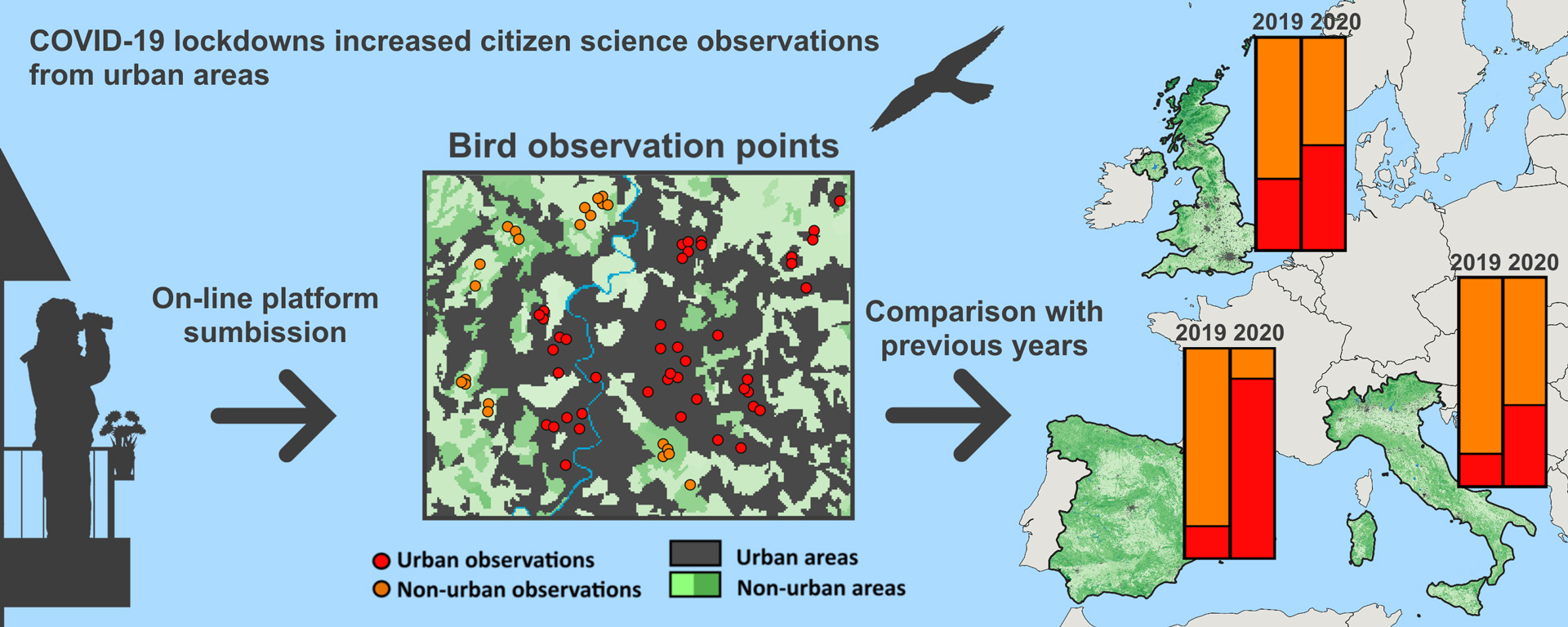
The lockdowns represented an important containment measure to deal with the COVID-19 pandemic. These restrictions on the movement of people have undoubtedly impacted on Citizen Science, on the one hand by limiting the ability of citizens to collect data in the field but, at the same time, increasing interest in biodiversity “at 0 km”.
Many local associations and realities (such as, for example, for Italy, EBN and K’ Nature) have encouraged the public to collect and share bird observations made from their homes.
Common Kestrel. Photo by Valerio Russo.
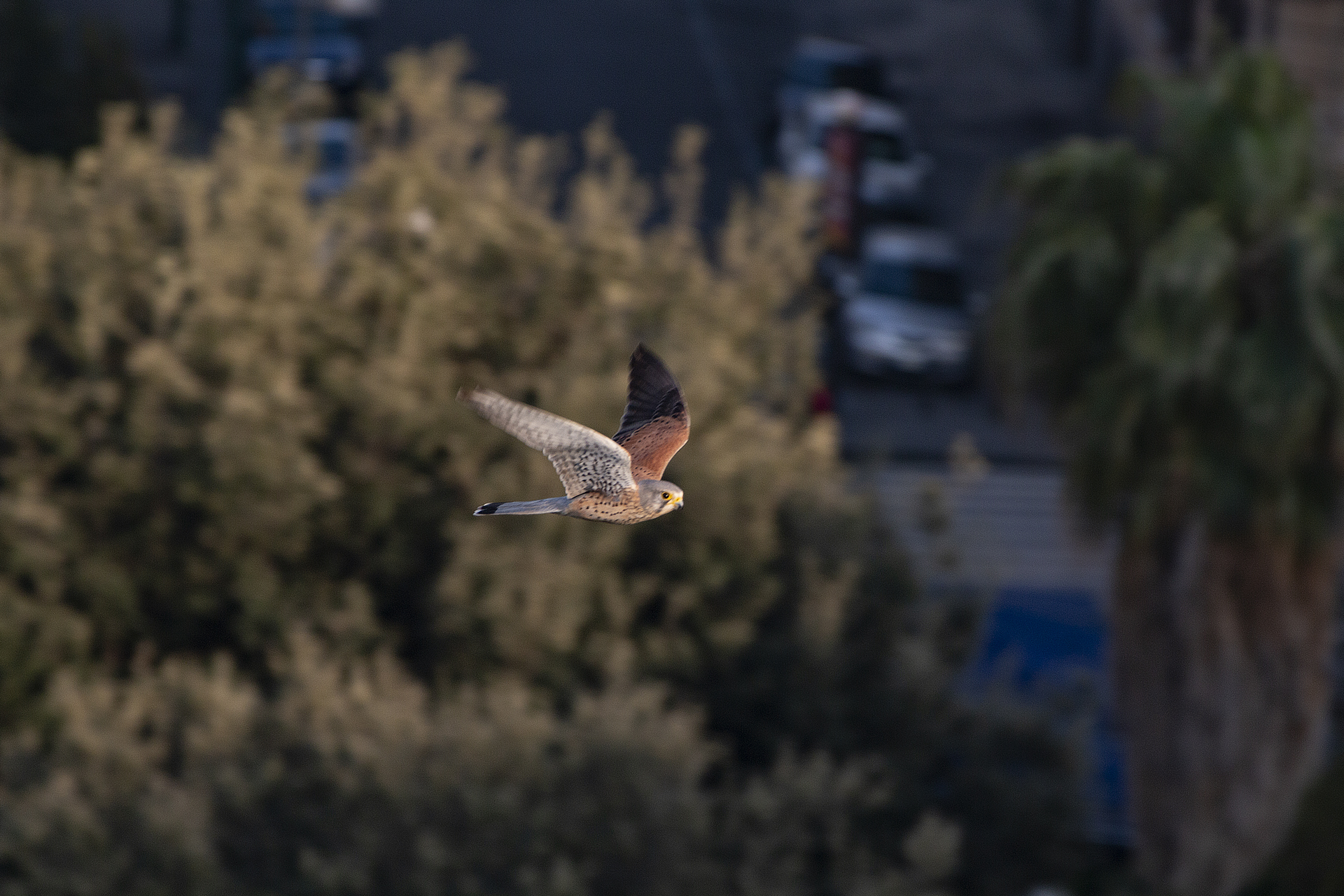
Our study “Birds seen and not seen during the COVID-19 pandemic: The impact of lockdown measures on citizen science bird observations” – recently published by the important scientific journal “Biological Conservation” together with Marco Basile and Nicola Bernardo – was born to understand if, and in what way, the lockdowns have influenced the spatial and temporal patterns of birdlife observations, a necessary step to be able to interpret and use these data correctly.
To evaluate the probable spatial and temporal changes in data collection, we made a comparison of the data collected during the lockdowns with those of previous years using the observations uploaded on the iNaturalist platform for three European countries: Italy, Spain and the United Kingdom (nations, among those hit hardest during the first wave of the pandemic, which have adopted restrictive measures in a comparable manner and timing).
Eurasian Sparrowhawk. Foto di Valerio Russo.
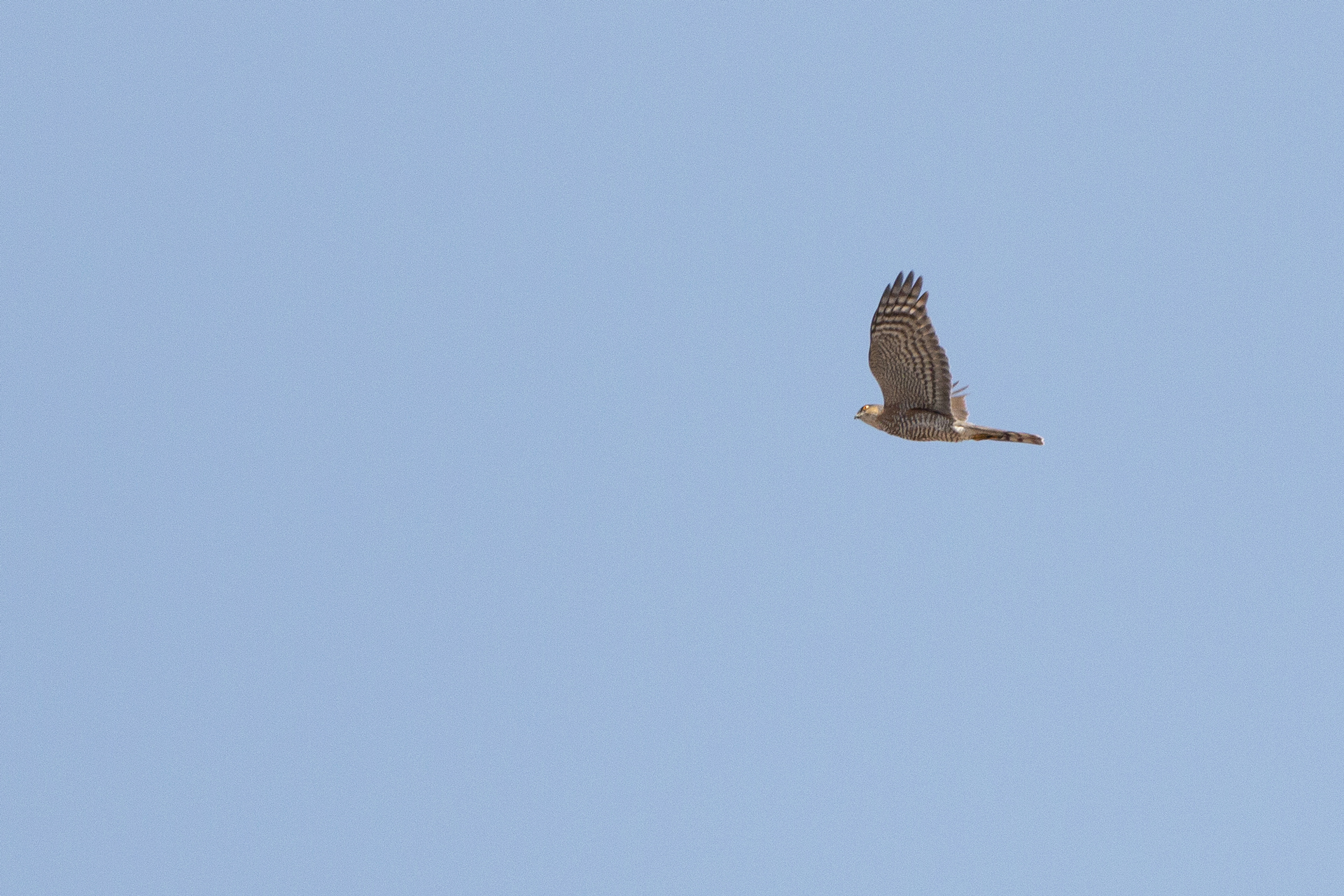
The study showed, as regards the number of daily observations, a significant trend for all three countries at the center of the survey, indicating an increase in urban birdwatching activities during lockdowns.
Despite the restrictions, therefore, citizens of all three countries continued to pursue their hobby, reporting the species of birds spotted from their window, terrace or garden.
Specifically, in Italy, compared to previous years, there was an increase in the average daily number of observations made in an urban environment, while there was a significant decrease in the average daily number of data recorded from birdwatching in rural and natural areas.
The restrictions imposed during the survey period therefore hindered the possibility of many birdwatchers to reach their “local patches” – places usually explored during the year, often easily accessible from home – located in natural areas.
Grey Heron. Photo by Valerio Russo.
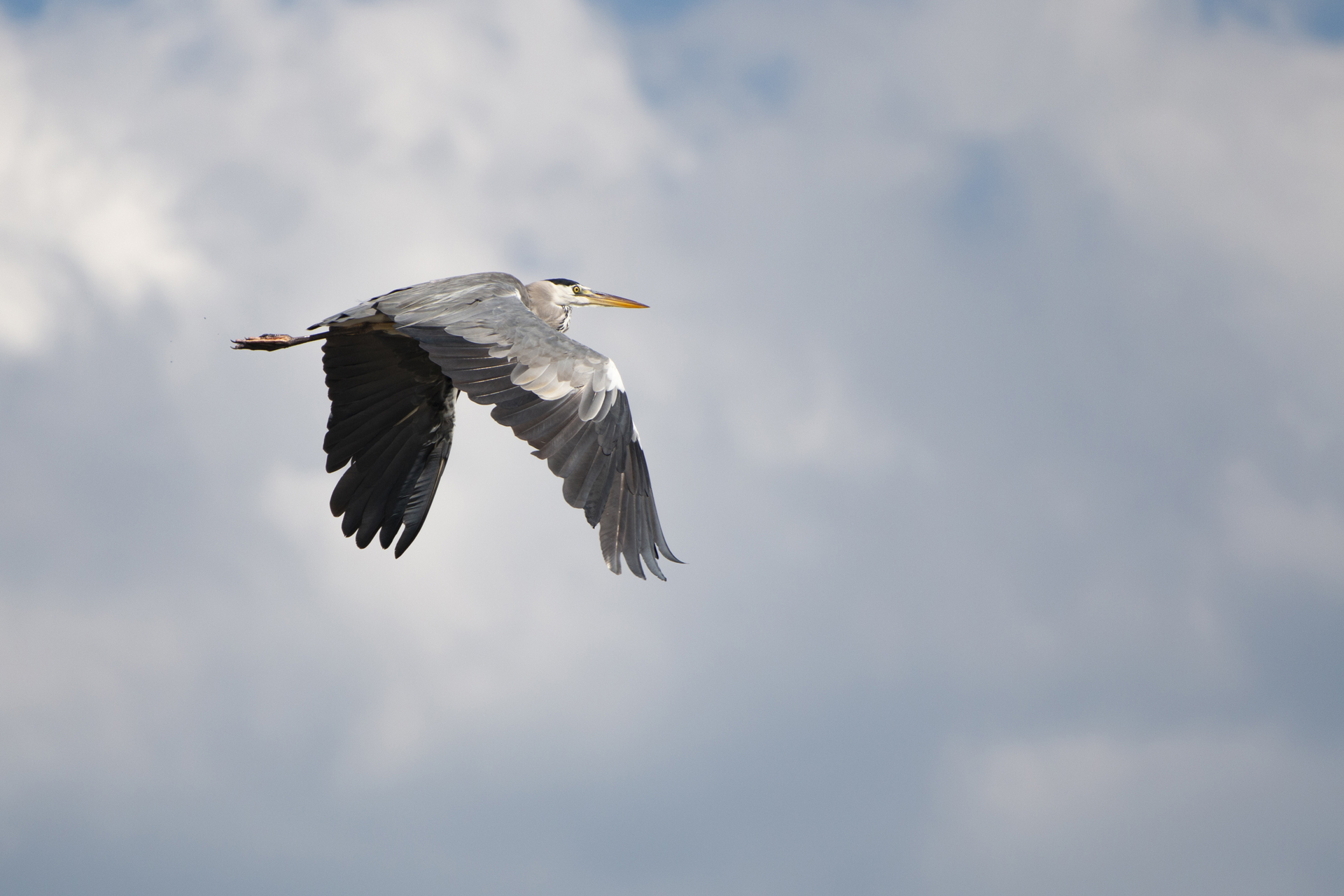
This decrease, on the other hand, did not occur in the United Kingdom, as regards the observations recorded in non-urban places.
The study also examined the existence of an actual change in the distribution of new records in terms of species, between the urban environment and the natural environment, given the hypothetical change in the field effort that took place between the two environments.
In this regard, differently from what occurred in previous years, there was an abrupt interruption of new species reported in extra-urban areas, due to a lower field effort, and an increase, instead, as regards the new records recorded in the city, especially with regard to Italy and Spain. Again, the comments uploaded to iNaturalist by UK users showed no significant changes.
The discrepancy shown in the data observed in Italy and Spain compared to what happened in the United Kingdom is mainly due to the fact that in the latter country it was allowed to carry out outdoor activities and visit more or less natural areas even during the lockdown .
Booted Eagle. Photo by Valerio Russo.
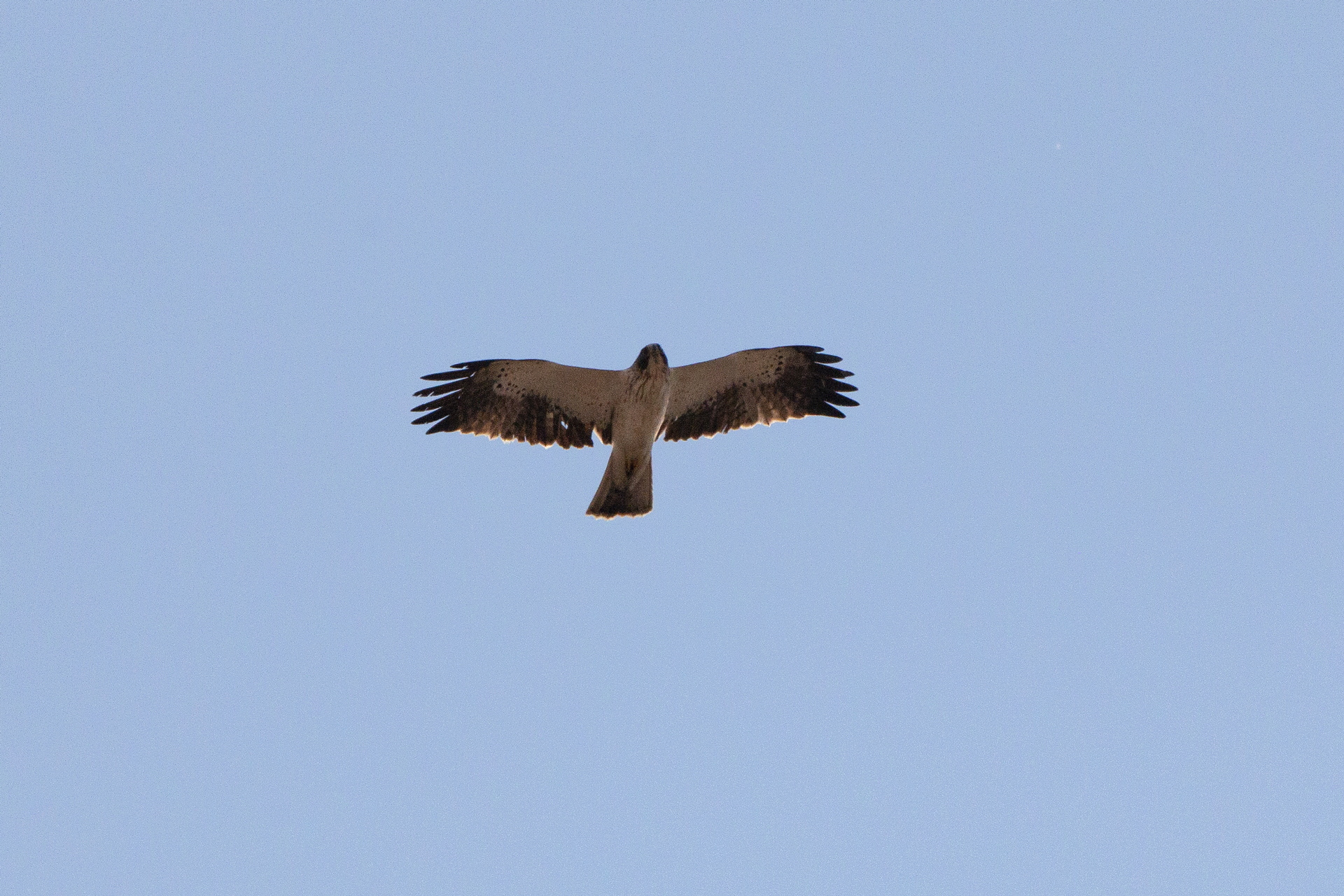
Further studies are certainly needed to understand the actual cause of the observations of new species in the urban environment, as well as for new records in terms of numbers of individuals of species considered rare. Among the possible hypotheses there is undoubtedly that linked to a lower anthropogenic disturbance between streets and buildings and that relating to a greater field effort in an urban environment.
This analysis has also highlighted in recent years a positive trend in the use of the iNaturalist platform, both in terms of data and new subscribers, confirming an increasingly strong interest in the population in Citizen Science and in issues such as urban biodiversity and conservation of the species.
In conclusion, this study once again highlights two aspects concerning the relationship between man and nature: i) the need to adopt an urban and landscape planning as sustainable as possible, which enhances urban greenery, an important hotspot for birdlife and biodiversity citizen in general; ii) the therapeutic influence that birdwatching, together with other activities that allow a “reunion” between man and nature, has on people, especially in difficult times such as a lockdown.
Wood Warbler. Photo by Valerio Russo.
